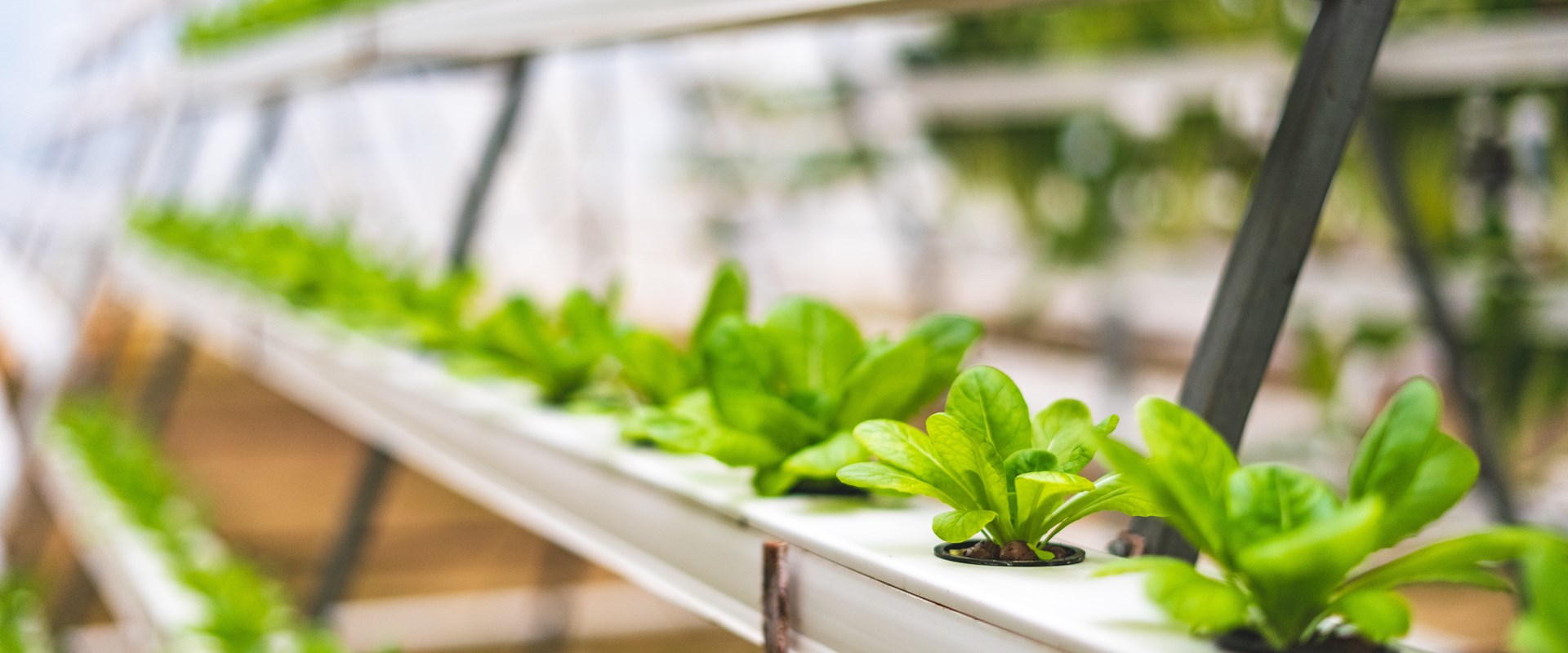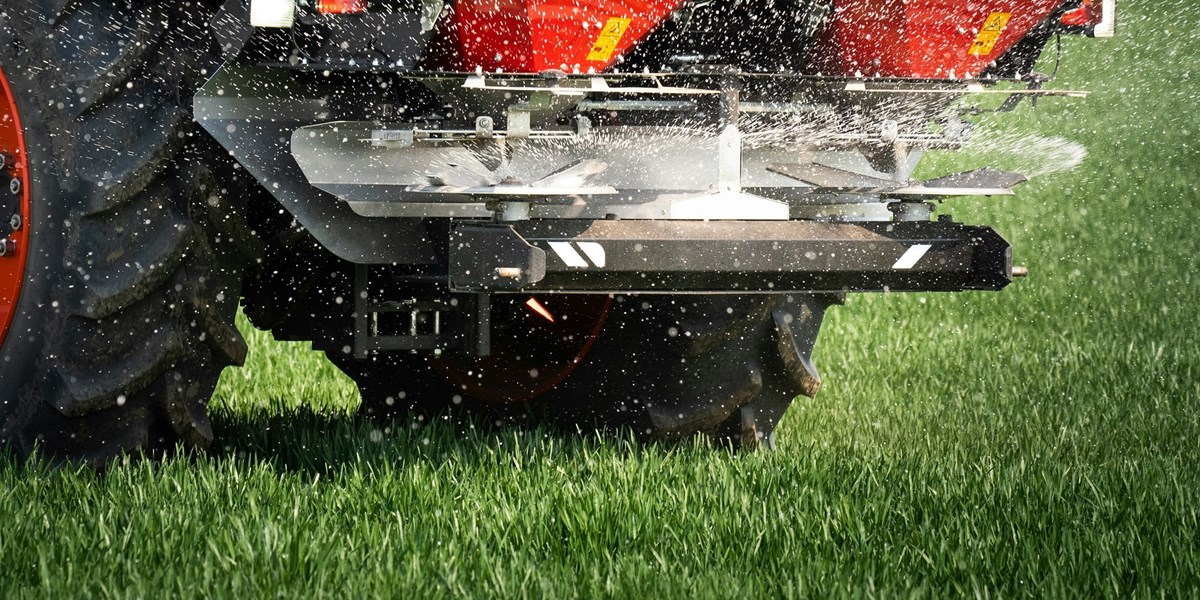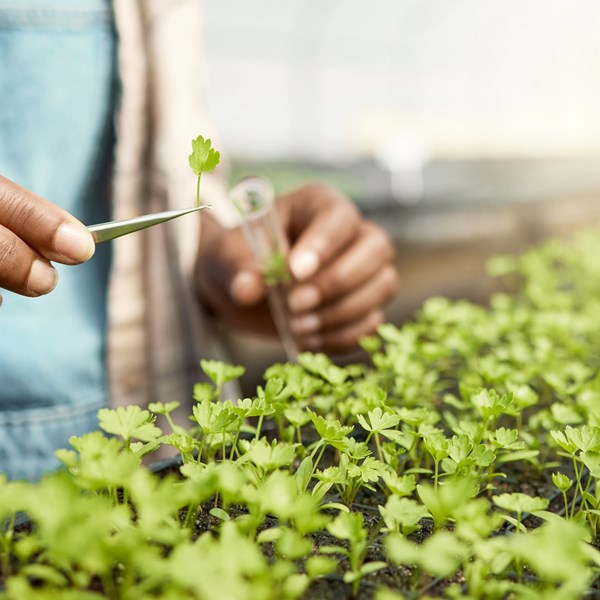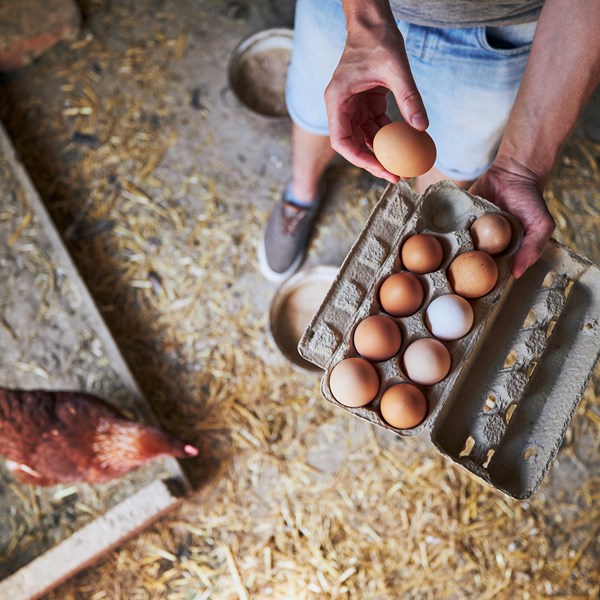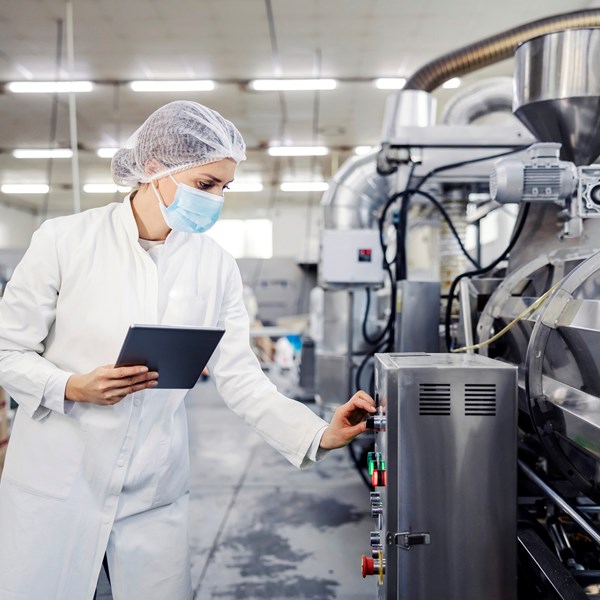Vertical farming, we are often told, represents the future of how humans might square the circle of increasingly hungry populations demanding ever greater productivity from dwindling and depleted land resources.
The development of agriculture beyond a subsistence level, it is often accepted by economic historians, was a massively significant development for Mankind.
It is easy to see how improved agricultural productivity allowed the generation of wealth in excess of immediate needs and led to all manner of technological, scientific and cultural advances (including the growth of cities in which most of the world’s people nowadays live).
However, it has also allowed humans to thrive in ways that impose strains on natural resources and create the inequalities that, we are all now aware, attend global food distribution.
ARE VERTICAL FARMS THE FUTURE OF AGRICULTURE?
Up to now agriculture has exclusively relied on one fundamental technological aspect, namely the essentially two-dimensional nature of the farming medium (i.e. soil in fields, into which the roots of crop plants extend in order to gain moisture and nutrients). This limits the productivity of farms in proportion to the land area they occupy.
Vertical farming is about to revolutionise this aspect of farming in a similar way to the introductions of non-indigenous crop varieties in the Middle Ages, fertilisers in the 19th Century and selective plant breeding in the 20th.
Vertical farming promises to multiply several-fold the quantity of food that can be produced per square kilometre, while reducing reliance on destructive forest clearance techniques to produce arable land, and at the same time placing food production closer to regions where there is food poverty because of poor growing conditions.
WHAT ROLE WILL PATENTS AND INTELLECTUAL PROPERTY PLAY IN VERTICAL FARMING?
Agriculture and the equipment used in it have been the subject of many and varied forms of intellectual property protection.
Patents in particular have been granted for farming machinery, fertiliser compositions and farming methods; and in several countries it is possible in one way or another to protect varieties of crop plants that exhibit high yields, disease resistance and tolerance for poor growing conditions.
A key aspect of intellectual property rights is that they are territorial, i.e. they can only be enforced within the jurisdictions in which they are created.
In the case of infringements of those rights that are directed to traditional (two-dimensional) farming it has always been clear - indeed natural - that infringing acts have taken place within the relevant jurisdictions. Hence there has never been any argument over whether an intellectual property right such as a patent is not available to enjoin farming-related infringements: there is hardly a more obvious example of infringement taking place “in the United Kingdom”, as the UK’s Patents Act 1977 puts it, than something that is used or that takes place on or in the fields of our green and pleasant land.
The advent of vertical farming however may cause something of a re-think of some aspects of intellectual property infringement.
No-one is seriously suggesting that a defence to patent infringement would be that the agricultural technique in question takes place on the 20th Floor of a high-rise farm; but, it must equally be said, no court as far as this author knows has ever judged the point either.
Therefore, at some time in the future it may just prove necessary to go through the motions of demonstrating to a court in a patent infringement case that an act performed in a way that is separated from the terra firma of the United Kingdom (or any other country) by several floors of a vertical farm nonetheless is taking place in the relevant jurisdiction as required.
Those responsible for drafting patent applications of course can help. Statements of the applicability of the claims of a patent in a vertical farming situation, or even claims specifically directed to the completion of acts or the use of equipment above ground level, should become routine for those who draft patent documents for use in the vertical farming arena.
However, it does not end there.
The promise of vertical farming extends to farming that does not rely on ground anchorage at all. Farming could take place in facilities suspended from airborne barrages, which might offer numerous advantages in terms of plant development, mitigation of global warming and so on. Do you infringe a patent if you are floating above the United Kingdom and tied to it only by guy ropes? (Spoiler: yes, you do! Sub-Section 60(5)(e) of the Patents Act 1977 only exempts aircraft that have temporarily or accidentally entered UK airspace from being the site of infringing acts.)
This aspect will also need to be addressed in vertical farming patent applications, as will the carrying out of infringing acts in the oceans that surround our land masses and indeed the use of media other than traditional soil for the transport of nutrients and moisture to the plants.
It is clear in other words that although the intellectual property statutes seem already to cater for the advent of vertical farming, those wishing to maximise the enforceability of farming IP rights would do well to consider in depth the non-traditional features of the farming techniques when creating the rights in question.
Reliance on traditional assumptions about what is protected by an agriculture patent may not be enough.
It is strongly recommended to include, whenever possible, as many statements about novel use environments as are needed to ensure trouble-free enforcement in the new domains of plant production. This means the drafters of farming patents in the future certainly should not be constrained by thoughts that the infringing activities will only ever occur in two-dimensional fields that are open to the air!
If you would like to discuss how best to protect and commercialise an agricultural or agritech invention, please contact us today and we will put you in touch with a member of our specialist food and agritech team.
